
Japan is a land where ancient traditions seamlessly blend with cutting-edge innovation. From Kyoto’s serene temples to Tokyo’s bustling streets, the country offers many experiences that cater to every traveler’s interests. Whether you’re a history enthusiast, a culinary explorer, or someone seeking unique adventures, Japan has something special for you.
Cities like Tokyo, Kyoto, and Osaka serve as excellent starting points for first-time visitors. These urban centers not only showcase Japan’s rich cultural heritage but also offer modern attractions that are both entertaining and enlightening. Having traveled extensively across Japan, I’ve compiled a list of activities that encapsulate the essence of this fascinating country.
In this guide, you’ll discover unique experiences in Japan, delve into cultural things to do in Japan, and find out what to do in Japan for first-timers. Let’s embark on this journey to uncover the best that Japan has to offer.
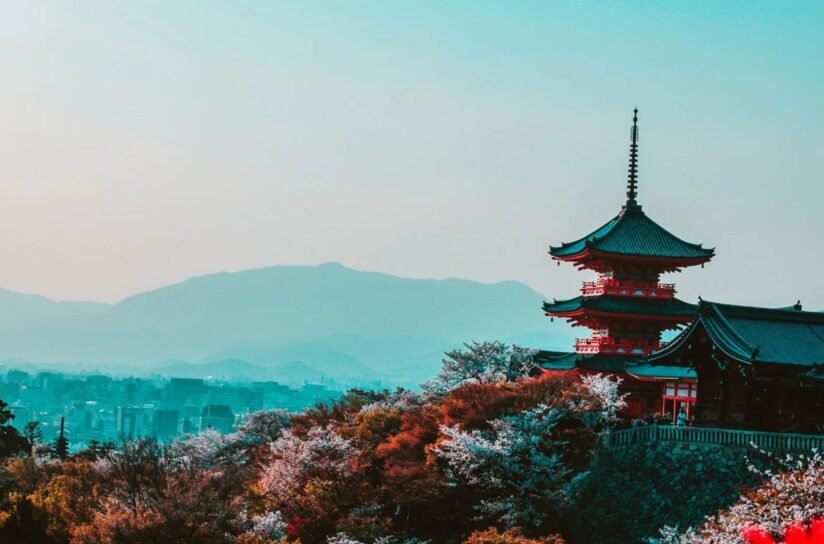
Where To Stay In Kyoto
Kyoto, the cultural heart of Japan, offers a range of accommodations that allow visitors to immerse themselves in traditional Japanese hospitality. Staying in Kyoto provides easy access to historic sites, serene gardens, and authentic culinary experiences.
- Ryokan Genhouin: Nestled amidst tranquil gardens, this ryokan offers a peaceful retreat with traditional tatami rooms and kaiseki meals.
- The Celestine Kyoto Gion: Located in the historic Gion district, this hotel combines luxury with traditional design elements, providing an authentic Kyoto experience.
- Good Nature Hotel: An eco-conscious hotel that emphasizes sustainability without compromising comfort. Its artistic interiors and organic dining options make it a unique stay.
- Hotel Keihan Kyoto Grande: A budget-friendly option near Kyoto Station, offering convenience and comfort for travelers.
Choosing the right accommodation enhances your Kyoto experience, allowing you to fully appreciate the city’s charm and heritage.
22 Best Things To Do In Japan
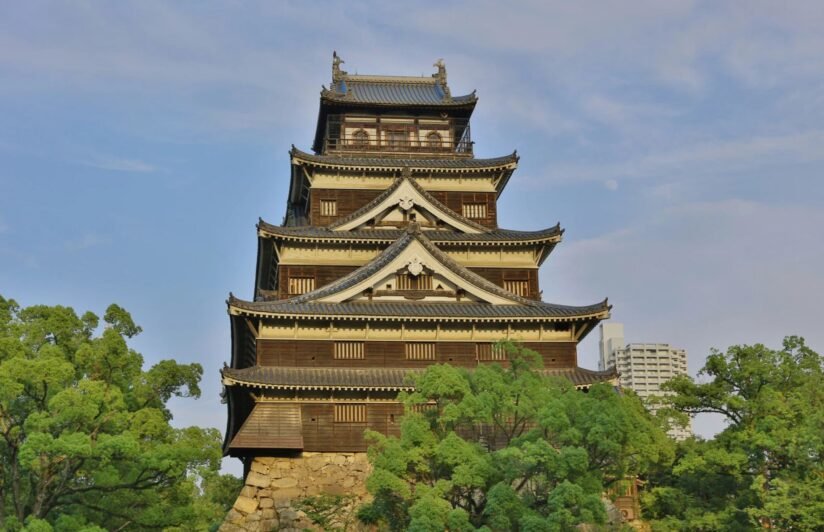
1. Visit the Samurai Castles – Walk Through History
Samurai castles are more than just stone walls. For me, Himeji is a great example of Edo-period architecture. They were good at making impenetrable fortresses. If you look at the small gaps in the walls, they used to be for arrows or rifles. Matsumoto is different, with a sturdy castle from the Sengoku war period. Every corner has its own story about war strategy. There are stories about secret passages and how they survived their enemies. That’s what keeps me interested.
Step into the world of samurai and feudal lords. Castles in Japan aren’t just tourist spots—they’re historical time machines.
- Himeji Castle: A UNESCO site near Osaka/Kyoto. Known as the White Heron, it’s immaculate and stunningly photogenic.
- Matsumoto Castle: Nicknamed the “Crow Castle” for its dramatic black exterior, this site is less crowded and deeply atmospheric.
Both castles tell stories of medieval warriors and power struggles, with hidden passageways and defensive architecture.
I recommend checking the status of the Tokyo Samurai Museum before visiting, as the information may change.
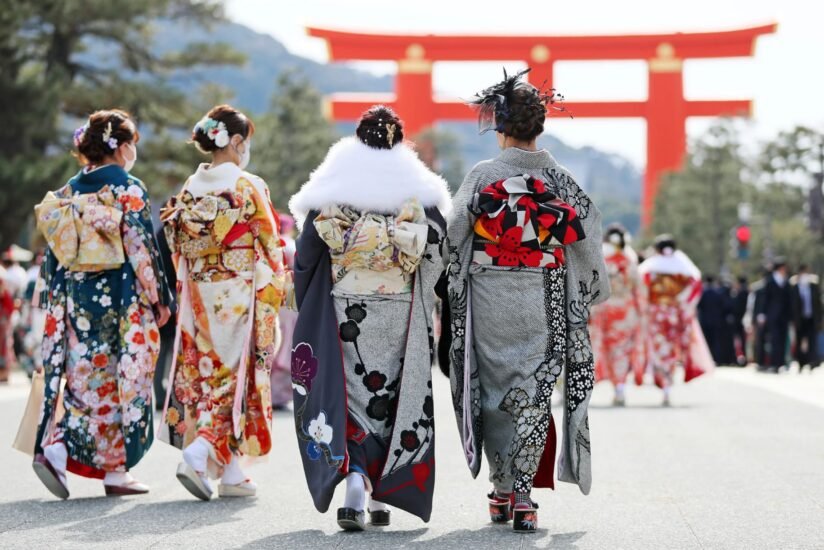
2. Wear a Kimono – Step into Tradition
Wearing a kimono was an unforgettable cultural experience for me. Choosing the pattern and colour was fun. There are also unwritten rules about when specific patterns are worn. Walking in a kimono on the streets of Kyoto makes me feel like I’m part of this tradition. The local people are also happy to see us respecting their culture.
Want to blend into Kyoto’s charming streets or snap unforgettable photos? Renting a kimono is one of the most immersive cultural experiences in Japan.
- Rental shops abound in places like Asakusa and Shibuya, and near temples in Kyoto.
- Locals are often delighted to see visitors join in this tradition.
Plan and book online to get the best fit and service.

3. Stroll a Landscape Garden – Japan’s Outdoor Art
Japanese gardens are the art of arranging nature. There are several types that I noticed. There are dry gardens like in Zen temples, just rocks and sand, but calming. There are also gardens for tea ceremonies, with small and natural paths. If it’s a large garden, we are usually invited to walk to enjoy the view from various angles. The design thought about the flow of water and the placement of stones to make it look natural.
A Japanese garden is not just a green space. To me, it’s like looking at a living painting. In Tenryu-ji Garden, I noticed the carefully arranged stones, water and plants. They have a special design principle called shakkei, which is like ‘borrowing’ a mountain view in the distance. It made the garden feel more spacious and at one with nature. Sitting there, I felt calm.
Japanese gardens reflect harmony, nature, and time. Visiting one is like walking through a living painting.
- Tenryu-ji Temple Garden: Located in Kyoto’s Arashiyama district, it’s best during the cherry blossom or autumn foliage seasons.
Perfect for slow travel and meditative moments.
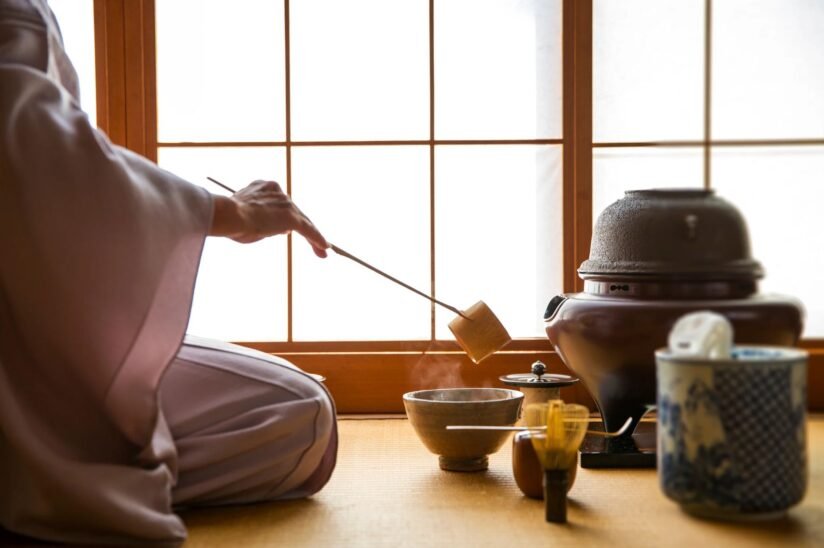
4. Join a Tea Ceremony – Serenity in a Cup
A tea ceremony is a profound ritual for me. There are several levels, from casual to very formal. The movements to make tea are not just movements; there are rules and meanings. The tools are also special, from bowls to tea stirrers. It is said that each tea school has its own slightly different method.
A tea ceremony is more than just drinking tea. For me, it’s an experience that touches all the senses. The movements of the tea maker are graceful, full of meaning. There is a sense of silence and focus during the ceremony. It reminded me of the philosophy of wabi-sabi, about beauty in simplicity. It was very peaceful.
The Japanese tea ceremony offers more than just a drink. It’s a whole sensory experience that embodies hospitality and peace.
- Often held in Kyoto’s traditional tea houses.
- Some include a kimono rental for full immersion.
This ritual is among the most graceful and meaningful activities in Japan.

5. Ride a Shinkansen – Speed Meets Elegance
Japan’s bullet train isn’t just a way to travel—it’s an attraction.
- Tokyo to Osaka in under three hours
- The Japan Rail Pass can save money for tourists
- Enjoy scenic countryside views
Traveling by Shinkansen is a must for anyone eager to explore Japan efficiently.
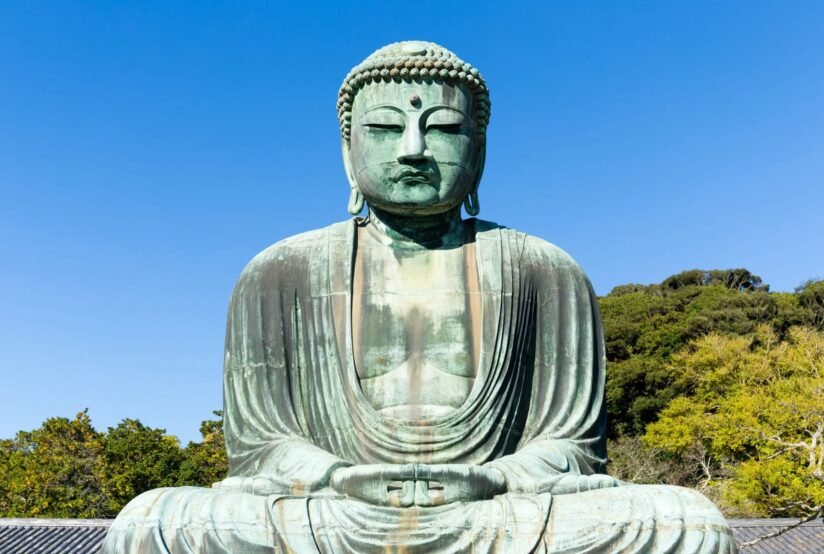
6. See Iconic Landmarks – Capture the Essence of Japan
From bamboo groves to massive Buddha statues, Japan is packed with jaw-dropping landmarks:
- Arashiyama Bamboo Grove (Kyoto)
- Todaiji Temple (Nara)
- Kamakura Buddha (near Tokyo)
- Mount Fuji & Lake Kawaguchi
Each location offers unforgettable photo ops and spiritual vibes.
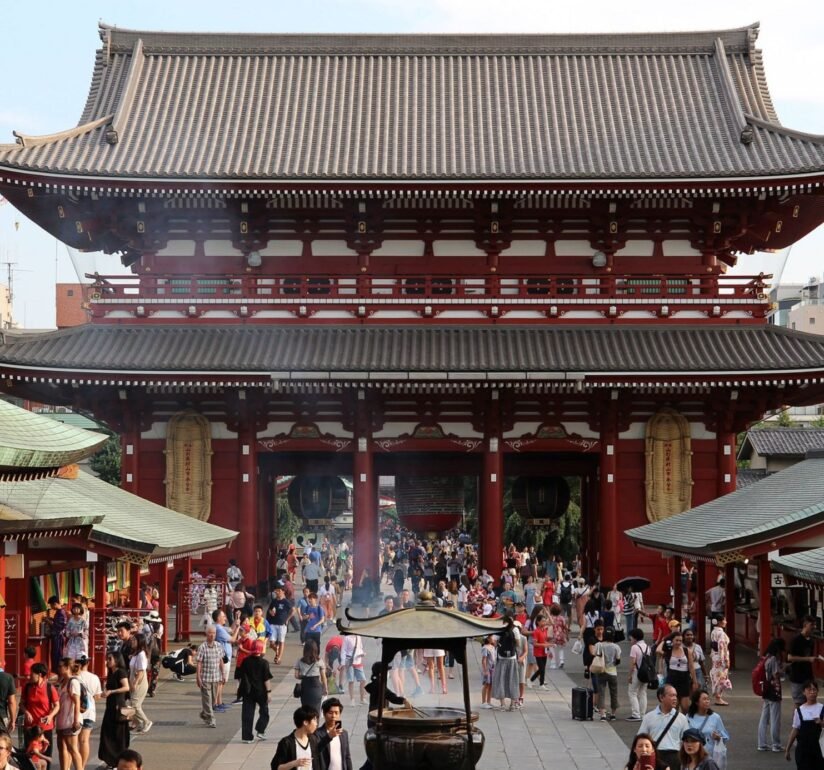
7. Visit Temples & Shrines – Spiritual Adventures
Temples and shrines have a different ‘spirit’ for me. At Buddhist temples, like Sensoji, there are statues of Buddhist deities. People usually go there to pray or meditate. At a Shinto shrine, like Fushimi Inari, the torii gate is a symbol of the kami deities. Each symbol there has a special meaning. For example, the lion statue in front of the shrine is a sacred guardian.
When visiting temples and shrines, I feel a different kind of peace. Buddhist temples like Sensoji in Tokyo are brightly colored and always crowded. But when you go inside, there is a sense of calm. It’s different from Shinto shrines like Fushimi Inari, which have thousands of red gates. For me, walking under the torii was like passing through a gate to another world. What’s the difference between praying at a Buddhist temple and a shrine? As it turns out, there are differences in philosophy and rituals.
Temples and shrines in Japan aren’t just religious sites—they’re portals to the country’s soul.
- Sensoji Temple: Tokyo’s oldest and most colorful
- Fushimi Inari Shrine: Famous for its endless red torii gates
- Kinkaku-ji: Also known as the Golden Pavilion in Kyoto
These places leave lasting impressions with their serenity and architecture.
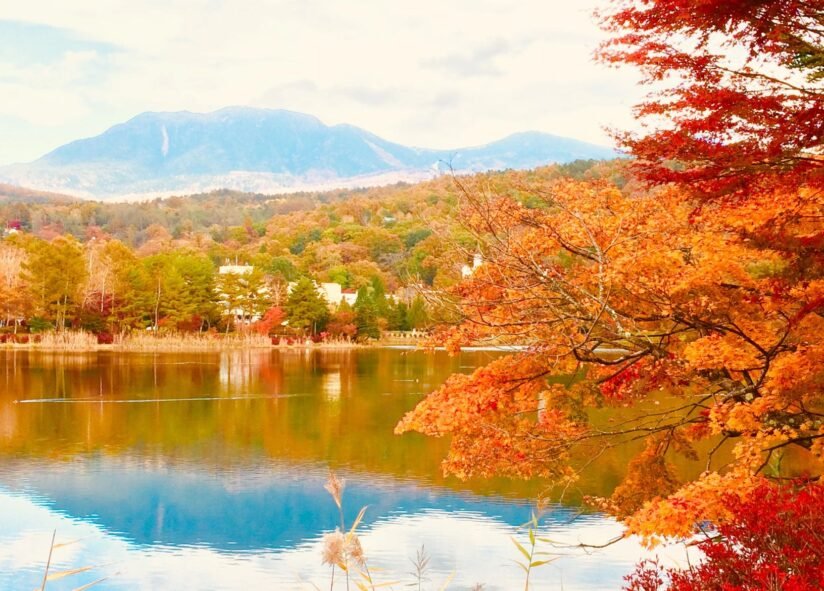
8. See the Koyo (Fall Colors) – Nature’s Fireworks
Autumn in Japan is a visual treat. Red, orange, and gold leaves transform the landscape.
- Mid-to-late November is peak season
- Best viewed in Kyoto, Nikko, or Nara
A free, vibrant way to connect with nature.
Note: Usually, the peak of koyo in Kyoto is around mid to late November.
9. See the Sakura (Cherry Blossoms) – Springtime Magic
Don’t miss the sakura if you plan your trip between late March and early April.
- Ueno Park in Tokyo
- Himeji Castle surrounded by blooms
- Mount Fuji with pink cherry backdrops
It is a top answer to what to do in Japan for first-timers.
Note: For sakura in Tokyo, it is usually late March to early April.
10. Feed the Friendly Deer at Nara Park
The deer in Nara aren’t just cute—they’re sacred.
- Buy special crackers and bows to feed them
- Visit Kasuga Taisha Shrine within the park
It’s one of the most fun activities for animal lovers in Japan.
11. Meet the Japanese Snow Monkeys – Wild & Whimsical
In Nagano’s Jigokudani Monkey Park, monkeys are soaking in natural hot springs.
- Light winter hike to reach them
- Active from December through March
A unique experience in Japan you won’t forget.
12. See Mount Fuji – Japan’s Iconic Giant
Whether you hike it or take pictures, Mount Fuji is a showstopper.
- Best viewpoints: Chureito Pagoda, Fuji Five Lakes
- Climb only during July and August
Visible from Tokyo on clear days—an unmissable icon.
13. Go Up the Tokyo Skytree – Japan from the Sky
Take in the city from one of the tallest towers in the world.
- Two observation decks
- Nighttime city lights are especially stunning
A thrilling way to see modern Japan.
14. Shop for Unique Souvenirs – Bring Japan Home
Don’t just buy magnets. Look for memorable gifts:
- Places: Shibuya, Asakusa’s Nakamise Street, Ginza
- Items: chopsticks, yukata, Japanese knives, anime goodies
Great for gifts or keeping your trip close.
15. Enjoy Japanese Food – A Culinary Pilgrimage
Regarding Japanese food, each type has its world for me. Ramen soup is different from region to region. Some have thick pork bone soup (tonkotsu), while others use light soy sauce. For sushi, the quality of the fish is number one. The rice is also specially made to match the flavor. Okonomiyaki in Osaka and Hiroshima are also made differently.
Japanese food is a flavour adventure for me. Ramen, for example, each region has its characteristic soup. Some are thick, some are clear. Sushi? The quality of the fish is essential, and the rice must be just right. I’ve tried good ramen in Fukuoka, where the soup is thick and savoury. It’s different from the fresh sushi at the Tokyo fish market. Every bite is like a story.
Japan is a paradise for foodies. From Michelin stars to street carts:
- Try ramen, sushi, okonomiyaki, tonkatsu, takoyaki
- Best cities: Tokyo (high-end), Osaka (street food)
Every meal is a cultural deep dive.
16. Try Local Snacks – Quirky & Delicious
Japan-exclusive treats are worth hunting down.
- Mochi, daifuku, rice crackers, Pocky
- KitKat flavors: Matcha, sake, wasabi
Consider subscribing to a Japanese snack box for more.
17. Wander Dotonbori Street – Neon Nirvana
Dotonbori in Osaka is a food and nightlife hotspot.
- Giant neon signs
- Try street foods and visit local bars
It’s loud, chaotic, and completely unforgettable.
18. Cross Shibuya Crossing – Organized Chaos
Famous worldwide, Shibuya Crossing feels like walking through a commercial.
- Best views from Starbucks or Hikarie Building
- Say hi to the Hachiko Statue nearby
It is modern Japan at its most iconic.
19. Stay in a Traditional Ryokan – Sleep Like a Local
As someone deeply appreciates authentic cultural experiences, staying at a traditional ryokan is more than finding a resting place. It’s an opportunity to experience Japanese hospitality and traditions passed down through generations.
Indeed, in the initial section, I mentioned some ryokans in Kyoto as accommodation options. However, the experience of staying in a ryokan itself deserves special emphasis. In my opinion, its appeal lies in:
- The Tranquil and Meditative Atmosphere: Rooms with tatami floors, shoji sliding doors, and futons laid out provide a distinct sense of peace. Far from the hustle and bustle of the city, I can truly relax and connect with the surrounding environment.
- The Omotenashi Hospitality: The attentive and personalised service from the ryokan staff is truly memorable. They offer a warm welcome, care for every detail, and make me feel special.
- Bathing in Natural Onsen Hot Springs: Many ryokans have onsen (natural hot spring baths) facilities. The experience of soaking in the warm water after a day of walking, especially amidst beautiful natural surroundings (if the ryokan is located in areas like Hakone or the mountains), is something I long for every time I visit Japan.
- Exquisite Kaiseki Cuisine: Dinner and breakfast at a ryokan are often kaiseki meals, a series of small, beautifully presented dishes using the best seasonal ingredients. It isn’t just eating, but a celebration of Japanese culinary art.
- Wearing a Yukata: Providing a yukata (light cotton robe) to wear inside the ryokan adds a delightful traditional touch. Strolling through the ryokan hallways or relaxing in the room in a yukata makes me feel truly part of the culture.
For me, the experience of staying at a ryokan is one of the best ways to slow down the pace of travel and truly savour the rich essence of Japanese culture. While Kyoto offers many excellent ryokan options, similar experiences can be found in other areas such as Hakone, Takayama, or onsen villages throughout Japan, each with unique charm and appeal.
20. Take a Japanese Cooking Class – Be the Chef
Don’t just eat—learn to cook the food you love.
- Make sushi, miso soup, tempura
- Classes are available in Tokyo, Kyoto, and Osaka.
Great for families or solo travelers alike.
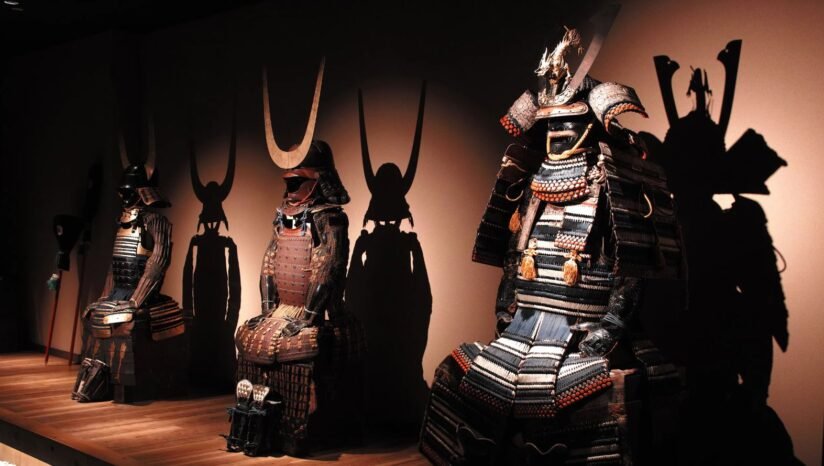
21. Visit a Samurai Museum – Warrior Wisdom
Learn about the code of the samurai interactively.
- Tokyo Samurai Museum (check current status)
- Try on armor and handle (fake) swords
Educational and surprisingly fun.
22. Try Japanese Sake – Sip the Culture
Discover the variety and refinement of Japanese rice wine.
- Tours available in Kyoto and Takayama
- Learn etiquette and enjoy tastings
A must-do cultural experience in Japan.
Having explored the many exciting activities that may be the main attraction for many travellers, including myself on my initial visit, I see that Japan still holds many other surprises. Here are some experiences that might be more interesting for those who want to explore deeper or seek out a different side of the country.
More Fun Things To Do In Japan
Can’t get enough? Here are even more fun activities in Japan:
- Exploring Unique Themed Cafés: If my first visit was more focused on the prominent landmarks, on subsequent visits, I’m always drawn to Japan’s unique themed cafés. From robots serving drinks to interacting with adorable owls, to being served by maids in maid cafés – this is a modern side of Japan that I find very entertaining and different.
- Relaxing in Hidden Onsen: Besides onsen at ryokans, I also seek out local onsen that might be less touristy and offer a more authentic experience. Areas like Kurokawa Onsen or Yufuin in Kyushu have a soothing atmosphere and stunning natural scenery.
- Watching Live Sumo Wrestling: Seeing sumo wrestlers live in action is a powerful and distinct experience. The atmosphere inside the stadium, the cheers of the audience, and the rituals before the matches truly captivate me. It is a must-see if the schedule allows me to do so during my time in Tokyo (or another city hosting a tournament).
- Delving into the World of Anime and Manga at the Ghibli Museum & Nakano Broadway: For me, who also enjoys Japanese pop culture, visiting the Ghibli Museum is like stepping into a fantastical world come to life. Nakano Broadway in Tokyo, on the other hand, is a haven for collectors of anime, manga, and other unique goods. This is a more modern and geeky side of Japan that I also enjoy.
- Venturing to Remote Islands: After exploring the main cities, I feel drawn to see another side of Japan by visiting the islands. Hokkaido in the north offers spectacular winter scenery and delicious seafood, while Okinawa in the south has beautiful tropical beaches and a culture distinct from the mainland. It provides a broader perspective on Japan’s diversity.
These options are perfect for returning travelers looking to deepen their experience.
Wrap-Up
Japan is full of contrasts: ancient temples next to futuristic towers, tranquil gardens a train ride away from neon nightlife. This list blends must-see places in Japan with fun, cultural, and unique experiences that appeal to all kinds of travelers.
Use this as your travel bucket list. Explore, enjoy, and bookmark this guide for your upcoming adventure. For more in-depth planning, check out our complete Japan Travel Guide.
FAQ’s
- What is the best time to visit Japan?
Late March–early April (cherry blossoms) or mid-November (fall colors) are ideal. - Is Japan expensive to visit?
It depends. Tokyo can be pricey, but there are many budget options across Japan. - Can I travel in Japan without knowing Japanese?
Yes. Significant signs are in English, and people are helpful, though learning a few phrases helps. - What should I not miss in Japan?
Shinkansen rides, Mount Fuji views, kimono wearing, and temple visits. - Are Japan Rail Passes worth it?
Yes, especially if you plan to visit multiple cities via train.